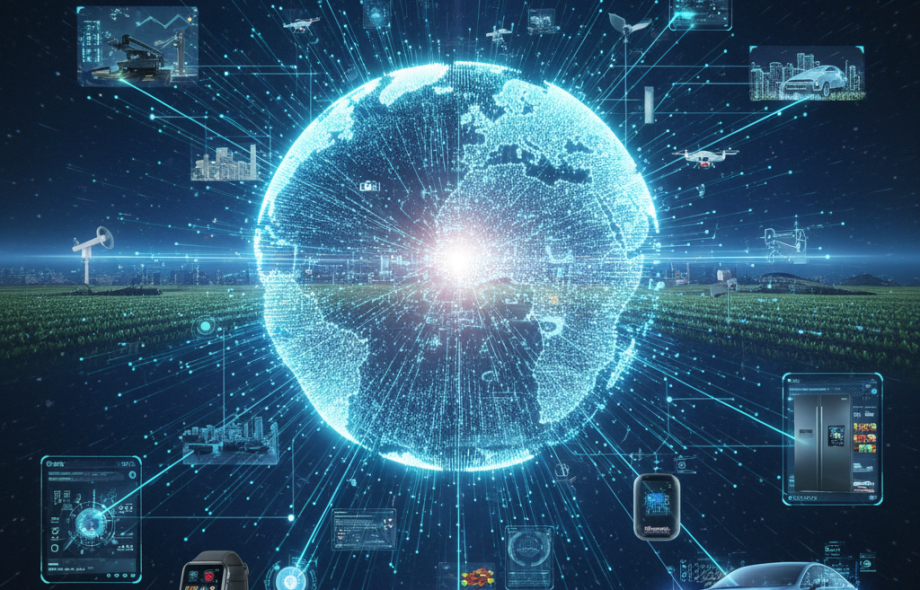In today’s digital age, the Internet of Things (IoT) and hyperconnectivity have become buzzwords that are reshaping the way we interact with our environment and each other. IoT refers to the network of physical devices embedded with sensors, software, and other technologies that enable them to connect and exchange data. On the other hand, hyperconnectivity describes the state of being constantly connected to the internet and other devices, creating an unprecedented level of communication and interaction.
One of the key drivers behind the rise of IoT and hyperconnectivity is the increasing number of smart devices that are being integrated into our daily lives. From smartphones and smartwatches to smart home devices and wearable technology, these connected devices are enabling us to automate tasks, monitor our health, and improve efficiency in various aspects of our lives. The ability to control and monitor these devices remotely through the internet has revolutionized the way we live and work.
Another factor contributing to the growth of IoT and hyperconnectivity is the advancement of communication technologies such as 5G networks. These networks provide faster and more reliable connections, enabling even more devices to be connected to the internet simultaneously. This level of connectivity is creating opportunities for businesses to innovate and develop new products and services that cater to the growing demand for connected devices.
The implications of IoT and hyperconnectivity are vast and have the potential to transform industries such as healthcare, transportation, manufacturing, and agriculture. In healthcare, for example, IoT devices can monitor patients’ vital signs in real-time, providing physicians with valuable data to make informed decisions about their treatment. In transportation, connected vehicles can communicate with each other and with infrastructure to optimize traffic flow and improve road safety.
As with any emerging technology, there are also challenges and concerns associated with IoT and hyperconnectivity. Security and privacy issues are at the forefront of these concerns, as the more devices that are connected to the internet, the more vulnerable they become to cyber attacks. Ensuring the security of these devices and the data they collect is crucial to maintaining trust and confidence in the technology.
In conclusion, IoT and hyperconnectivity are changing the way we live, work, and interact with the world around us. The increasing interconnectedness of devices and systems is opening up new possibilities for innovation and growth, but also raising important questions about security and privacy. As we continue to adopt and embrace these technologies, it is essential to prioritize ethical considerations and ensure that they are used in a way that benefits society as a whole.
 :
https://www.pinterest.com/xceltec0192/
:
https://www.pinterest.com/xceltec0192/

